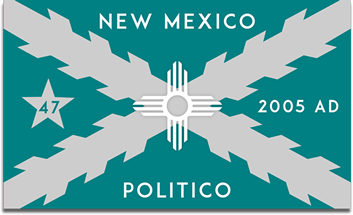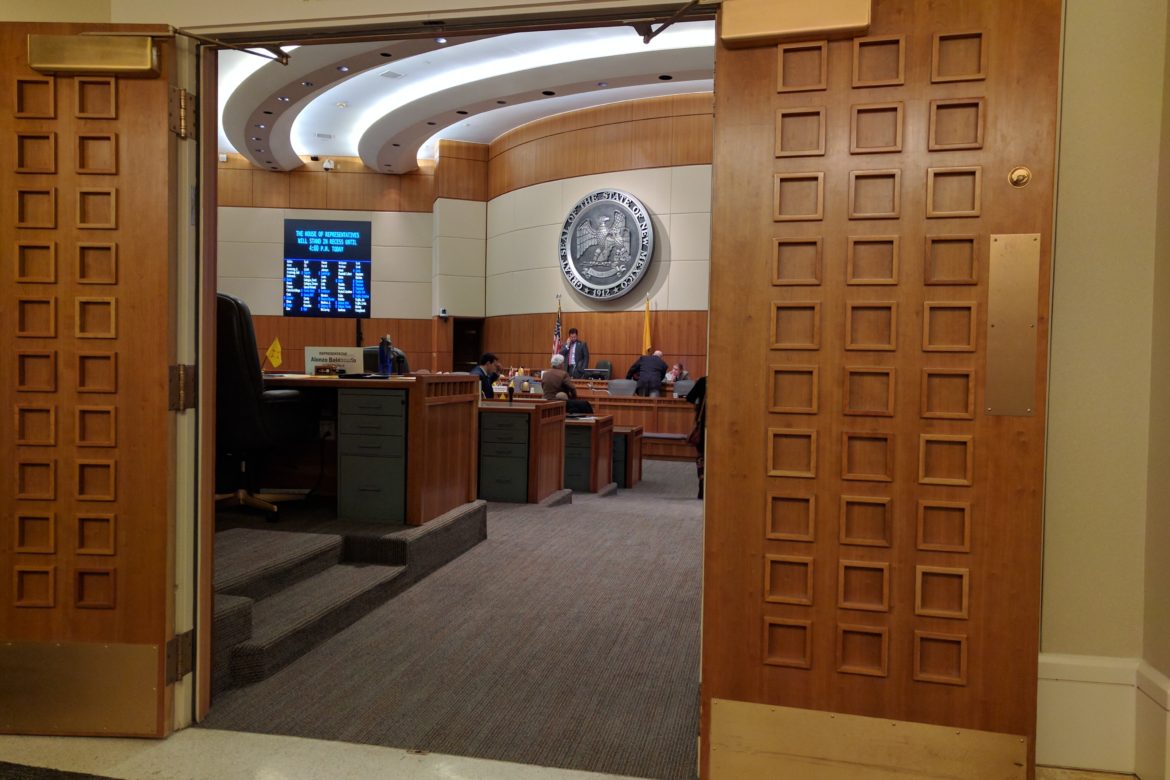As New Mexico lawmakers attempt to solve the budget crisis a significant amount of debate will focus on education spending – it makes up 57% of the state’s total budget according to the Legislative Finance Committee FY 2017 budget recommendations.
In New Mexico oil and natural gas industries provide about a third of the government funding that goes to pre-K and higher education; moreover, almost all (96.6%) of the money that goes into the Land Grant Permanent Fund also comes from oil and gas production (the wealth fund is considered a “savings account” for when the inevitable happens and New Mexico no longer has oil and gas to underwrite state government).
Earlier this month the State Investment Council (who manage the Land Grant Permanent Fund) announced that public education will get a nearly $60 million increase in funding. The yearly payout of the fund is determined at the end of the year and is based on a five year average of the fund’s value. The nearly $20 billion fund grew over 7% in 2016.
The discussion on education is notoriously centered on New Mexico’s reliably low rankings, and for good reason. The last year of Governor Richardson’s tenure Education Week’s Quality Counts report card gave New Mexico an F, subsequently rising to a C for a few years, then dropping to a D- in 2014 through 2016 (to be fair starting in 2015 the report eliminated a measure that was previously used to quantify improvement in student achievement, a measure where New Mexico did reasonably well). This year the same report ranked New Mexico 34th in per-pupil spending, up one spot from last year’s report. Notably, New Mexico is the only state to receive a D in the measure of a student’s “chance-for-success”.
Governor Martinez has spent considerable political capital on trying to improve education. Her education reform ideas have included a teacher evaluation system, a 3rd grade retention policy to hold back kids who cannot read, and a “report card” system to rank schools.
But since taking office in 2011, the Governor’s fight to improve education has run directly into one of the most powerful special interest groups in New Mexico government: the education bureaucracy. And make no mistake about it a significant source of the entrenched bureaucrats’ power and influence is given to them by the union bosses and bureaucrats that want to keep things the way they are.
The education bureaucracy has fought hard against Martinez at every turn. It wasn’t until the Governor was elected to a second term that her choice for Education Secretary, Hanna Skandera, was confirmed in February 2015. On the other hand Skandera’s critics argued her lack of classroom experience, focus on standardized testing, and divisive teacher evaluations made her unqualified for the job. Skandera’s experience includes serving as a senior policy adviser and Deputy Chief of Staff at the U.S. Department of Education as well as Florida’s Deputy Commissioner of Education under former Governor Jeb Bush.
The hyper-partisan nature of education reform in New Mexico is a disservice to the children in our state as it protects an education system that is obviously failing them. It has stifled innovation and has created an environment where entrenched bureaucrats can thrive. Historically in New Mexico the education system has been reasonably funded (New Mexico actually ranked 19th in the country for equitable funding for its 89 school districts), but given the discrepancy in rankings between 37th in per-pupil spending and 49th in overall education quality it is evident that money struggles to make it into the classroom and has a habit of paying for administrators who ultimately do not teach.
The successor to Governor Martinez will inherit an educational system that has seen some changes but has largely remained the same. The education bureaucracy continues to protect and insulate itself to change: a bill introduced by an Albuquerque Democratic Representative would impose a moratorium on new charter schools and a constitutional amendment was submitted by an Albuquerque Democratic Senator to replace the Education Secretary with a 10-member elected state school board that picks a state school superintendent. As Oscar Wilde would say, “the bureaucracy is expanding to meet the needs of the expanding bureaucracy.”
The Governor’s reforms have not been perfect, but meaningful education reform in New Mexico is long overdue. While most New Mexican’s oppose cuts to education spending, the problem seems to be not a lack of funding but rather a lack of accountability. Maintaining the status quo in education is tantamount to accepting failure. New Mexico’s kids deserve better.

